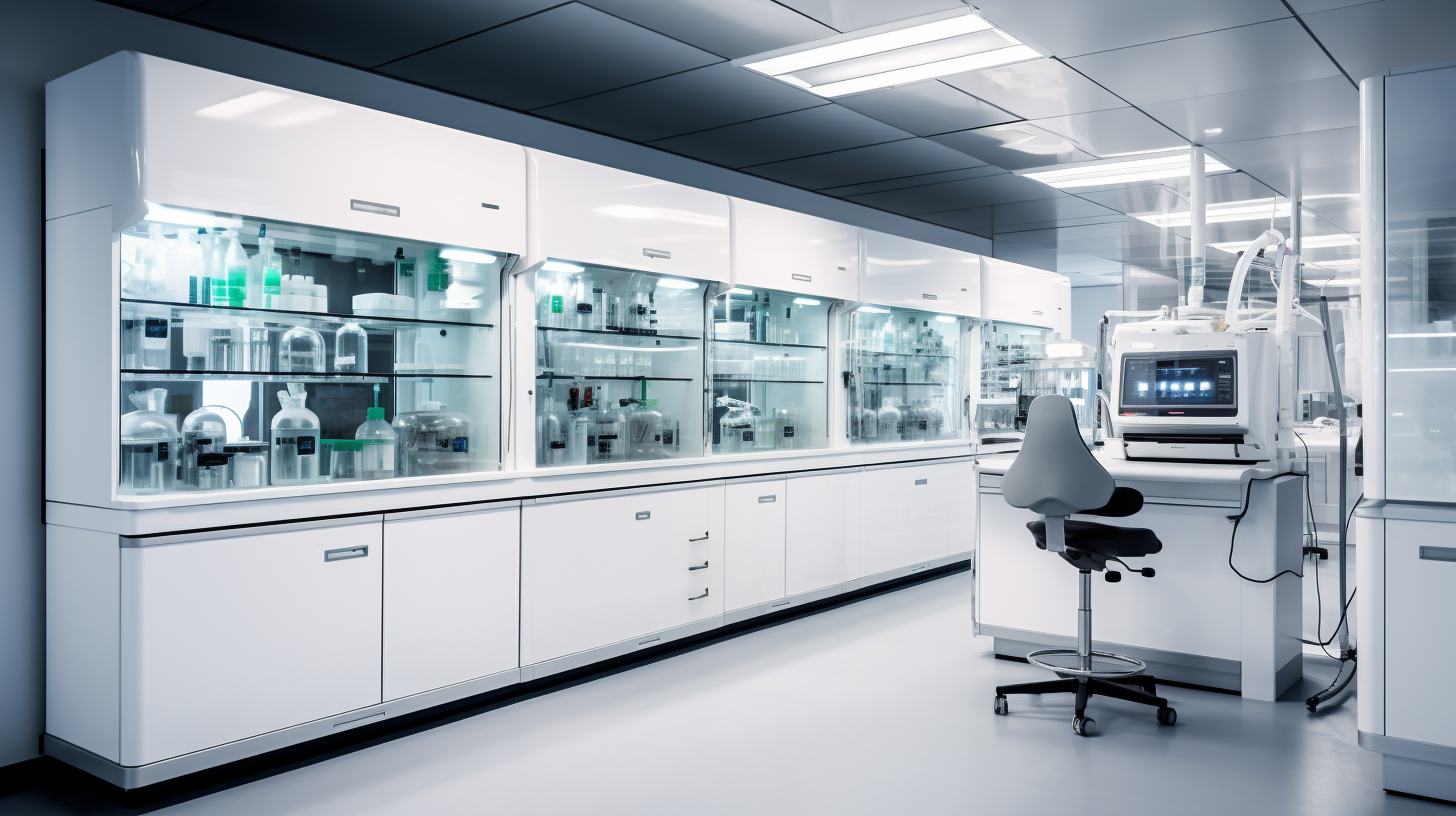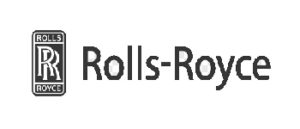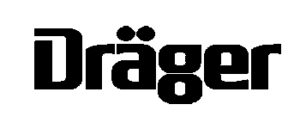What PPE Should Be Worn When Using A Fume Cupboard in 2024
At Holliday Fielding Hocking Ltd we understand the importance of wearing the correct personal protective equipment (PPE) when working with fume cupboards in laboratories or within industry and education in the UK. With over 70 years’ experience of providing new fume cupboards and used fume hoods to laboratories in the UK we are well placed to provide support and guidance to all UK laboratories.
Holliday Fielding Hocking Ltd have carried out thousands of installations of ducted fume cupboards throughout the UK and Europe and we are proud to be associated with some of the UKs premier industries, educational institutions and laboratories. Please consider visiting our website to view a selection of our past and current clients and testimonials. You are in safe hands when you choose to work with HFH.

Ensuring the safety of laboratory users is of utmost importance and cannot be overstated, especially when working with fume cupboards and other local exhaust ventilated equipment such as ducted fume cupboards and ductless fume hoods, microbiological safety cabinets and laminar flow units.
It is crucial for laboratories to provide clear and concise guidance on the use of personal protective equipment (PPE) specifically in relation to ducted fume cupboards or ductless fume hoods to be able to maintain a clean air environment.
In this comprehensive article, we will delve into the various types of protective clothing and other PPE that are recommended to be worn when using a fume cupboard or any local exhaust ventilated equipment. Additionally, we will explore the relevant regulations and guidelines that must be strictly adhered to in order to maintain a safe and secure lab environment.
Let's get started!
Understanding the Importance of PPE in Fume Cupboard Usage
When working in, on, or around a fume cupboard or fume hood, it is of utmost importance to prioritise safety by ensuring the proper use of suitable protective clothing. The Health and Safety Executive (HSE) provides valuable guidance on the correct utilisation of fume cupboards and safety cabinets, while the Control of Substances Hazardous to Health (COSHH) regulation in the United Kingdom outlines the specific requirements for handling hazardous substances in a clean air environment.
The COSHH regulation specifically identifies certain chemicals in hazard group S that have the potential to cause harm to the skin, eyes, or enter the body through the skin. Therefore, it is imperative to utilise personal protective equipment (PPE) when working with fume cupboards to minimise the risk of exposure. This includes the use of safety goggles to protect the eyes, laboratory coats to shield the body, and chemical-resistant gloves to safeguard the hands from fumes.
By adhering to these safety measures and following the guidelines provided by the HSE and COSHH regulation, individuals can ensure their well-being when working with a fume cupboard and minimise the potential risks associated with working in proximity to fume cupboards or fume hoods in a clean air environment.

Selecting the Right Protective Clothing for Fume Cupboard Usage
To ensure maximum protection, it is crucial to select the appropriate protective clothing for working with fume cupboards or fume hoods. Here are the key considerations to maintain a clean air and a safe lab environment:
1. Safety Goggles
Safety goggles are an essential piece of personal protective equipment (PPE) that play a crucial role in safeguarding the eyes from potential harm. Specifically designed to shield against chemical splashes and airborne particles, safety goggles should be worn consistently and without exception when working in conjunction with a fume cupboard or fume hood.
It is of utmost importance to ensure that the goggles fit properly and create a secure seal around the eyes, as this guarantees maximum protection against hazardous substances.
2. Laboratory Coats
Laboratory coats play a crucial role in safeguarding users from potential hazards while working in a fume cupboard or fume hood. These coats are designed with materials that resist chemical penetration and offer sufficient coverage.
To enhance protection, it is advisable to opt for lab coats that extend below the knee. This ensures that a larger area of the body is shielded from any potential harm. Furthermore, it is essential to fully button up the coats, as this guarantees their effectiveness in providing a reliable barrier against fumes.
Pro Tip: Avoid wearing lab coats outside the laboratory fume cupboard area, unless you are moving between closely located labs. This prevents potential contamination and spread of hazardous substances in a clean air environment.
3. Chemical-Resistant Gloves
Chemical-resistant gloves play a vital role in safeguarding the hands against direct exposure to dangerous substances while working in a fume cupboard or fume hood. When selecting gloves, it is important to consider the specific chemicals being handled and their compatibility with the glove material.
To ensure maximum safety, it is crucial to consult the safety data sheets, which provide valuable information on the recommended gloves suitable for the equipment and substances used in the fume cupboard. By referring to these sheets, one can make an informed decision and choose the most appropriate gloves that offer optimal protection against fumes.
4. Additional Protective Clothing
Depending on the nature of the hazardous substances being handled in the fume cupboard or fume hood, additional protective clothing may be required.
In certain situations, a full-body hyperbaric suit with an air supply might be necessary to provide comprehensive protection. Each laboratory should evaluate the specific risks associated with the substances being used and consult the relevant safety guidelines to determine if additional protective clothing is needed in a clean air lab environment.
Pro Tip: Avoid washing contaminated lab coats, especially those used in a fume cupboard, with personal household laundry. Consider investing in a dedicated laundry facility or a specialist off-site laundry provider to ensure proper decontamination of lab coats and clean air.

Ensuring Compliance with Safety Regulations
To maintain a safe working environment, especially when using fume cupboards or fume hoods, it is crucial to comply with the safety regulations including COSHH regulation and guidelines set forth by regulatory bodies.
Here are some key regulations and guidelines to keep in mind when using a fume cupboard:
1. HSE Guidelines
The Health and Safety Executive (HSE) is a regulatory body that offers detailed and comprehensive guidelines on the proper utilisation of fume cupboards. These guidelines encompass a wide range of aspects, such as the selection and utilisation of suitable personal protective equipment (PPE) for fume cupboard use.
It is crucial to familiarise oneself with these guidelines in order to ensure compliance and foster a secure and hazard-free working environment.
2. COSHH Regulations
The Control of Substances Hazardous to Health (COSHH) regulations in the United Kingdom are a set of legal requirements that establish guidelines for the safe handling of hazardous substances in fume cupboards.
These regulations play a crucial role in identifying and addressing potential risks associated with various substances. In addition, COSHH provides comprehensive guidance on implementing control measures, such as the use of Personal Protective Equipment (PPE) in a fume cupboard.
It is of utmost importance for laboratory users to strictly adhere to COSHH regulations in order to ensure their own safety and well-being.
3. Safety Data Sheets
Safety data sheets (SDS) provide critical information about the properties, hazards, and safe handling of chemicals in fume cupboards. When using a fume hood, it is important to refer to the SDS of the chemicals being used to identify the recommended protective clothing.
The SDS will provide specific instructions for the selection and use of protective clothing and equipment.
Conclusion
When working with fume cupboards, prioritising safety is paramount. By wearing the appropriate protective clothing, such as safety goggles, laboratory coats, and chemical-resistant gloves, you can minimise the risks associated with handling hazardous substances in a fume cupboard.
You should ensure compliance with regulations, such as the guidelines provided by the Health and Safety Executive (HSE) and the Control of Substances Hazardous to Health (COSHH) regulations.
By following these guidelines and leveraging the right PPE, you can create a safer working environment in your laboratory.
We are here to help. If you are looking to purchase a new fume cupboard, refurbished fume hood, laminar flow cabinet or a class II science cabinet consider speaking to Holliday Fielding Hocking Ltd, a trusted fume cupboard supplier that has been around for over 5 generations.
We can assist with the purchase of capital equipment and alongside our sister company Holliday Technical Services, we can also offer scheduled and ad-hoc servicing and testing of all UK, European, USA and worldwide fume cupboards. Visit our home page to explore how we can assist your laboratory or for servicing and routine testing visit Holliday Technical Services website.
If you wish to speak to us regarding your fume cupboards and fume extracted equipment you can call our support team at +44 (0) 113 245 4111 for immediate assistance.
Useful Links
Holliday Fielding Hocking Ltd > Our Products
Holliday Technical Services > Fume Cupboard Testing
Wikipedia > Fume Cupboards
PPE For Laboratories > Environmental Health & Safety
HSE COSHH > Essentials G201 Fume Cupboards




